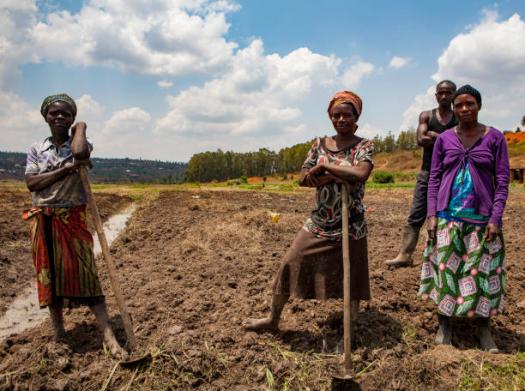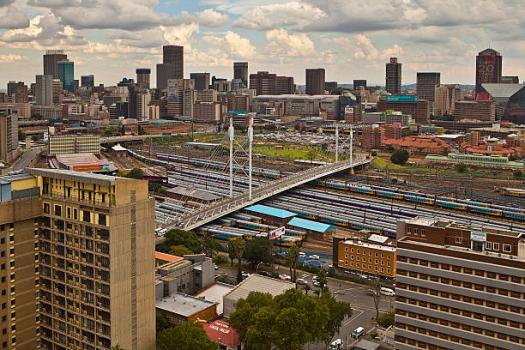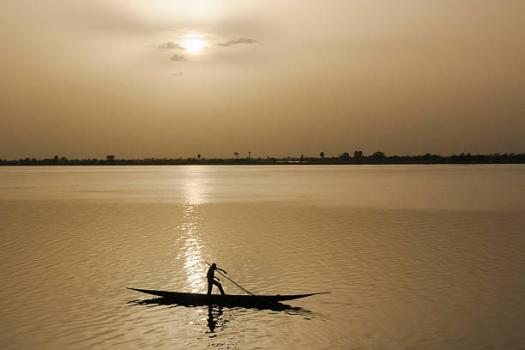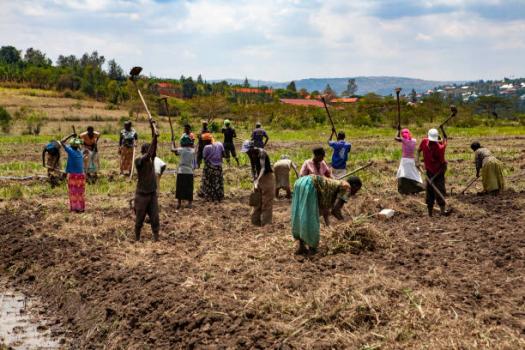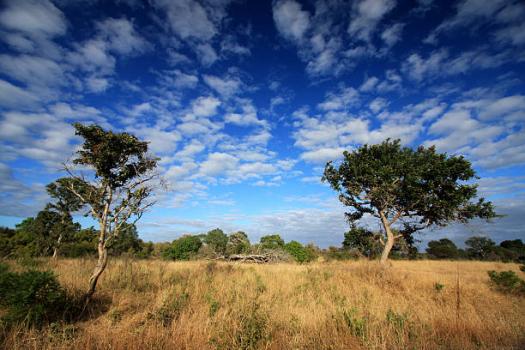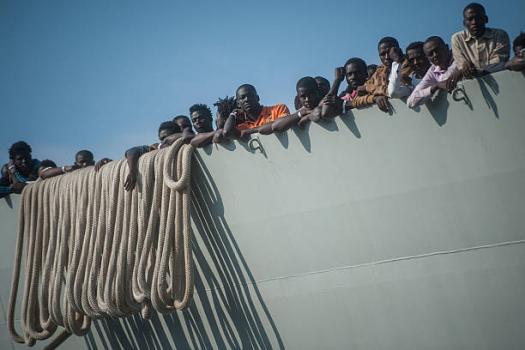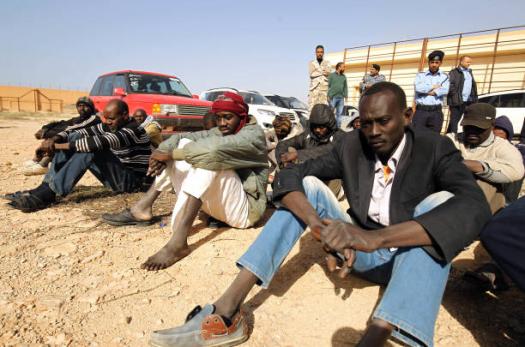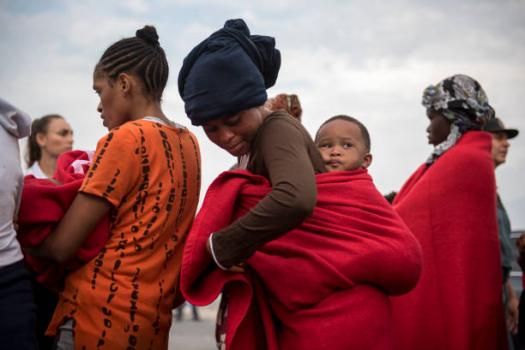The Sub Saharan African Map Quiz

The subsaharan African map quiz is a map quiz mainly for the knowledge of subsaharan African axis mapping and the countries which we can find in the mapping, their main production in those axis and how subsaharan African came to be. Take this quiz in preparation for any exam or test.
- 1.
Which is true about subsaharan African?
- A.
It lies north to the Saharan
- B.
It lies west to the Saharan
- C.
It lies east to the Saharan
- D.
It lies south to the Saharan
Correct Answer
D. It lies south to the SaharanExplanation
Sub-Saharan Africa is a region located south of the Sahara Desert. This means that it is geographically positioned below the Sahara Desert. Therefore, the statement "It lies south to the Saharan" is correct.Rate this question:
-
- 2.
Where is the horn of Africa in the map?
- A.
South
- B.
East
- C.
West
- D.
North
Correct Answer
D. NorthExplanation
The horn of Africa is located in the northern part of the continent. It is a peninsula that juts out into the Arabian Sea and Indian Ocean. The countries that make up the horn of Africa include Somalia, Ethiopia, Eritrea, and Djibouti. This region is known for its diverse cultures, rich history, and strategic location, which has made it an important trade route throughout history.Rate this question:
-
- 3.
Where is tropical rainforests?
- A.
Sahel Savannah
- B.
Equitoral Africa
- C.
Horm of africa
- D.
Desert
Correct Answer
B. Equitoral AfricaExplanation
Equatorial Africa is the correct answer because tropical rainforests are primarily found near the equator, where the climate is warm and humid. Equatorial Africa encompasses countries such as Congo, Gabon, and the Democratic Republic of the Congo, which are known for their vast expanses of tropical rainforests. These rainforests are characterized by dense vegetation, high levels of biodiversity, and abundant rainfall throughout the year. They play a crucial role in maintaining the Earth's climate, as well as providing habitat for numerous plant and animal species.Rate this question:
-
- 4.
Which does the North Africa contain?
- A.
Majority of all African Countries
- B.
Most African Rainforests
- C.
League of Arab countries
- D.
All of the above
Correct Answer
C. League of Arab countriesExplanation
North Africa contains the League of Arab countries. This region is home to several Arab nations, including Algeria, Egypt, Libya, Mauritania, Morocco, Sudan, and Tunisia. These countries are part of the Arab League, an organization that promotes cooperation and coordination among its member states. The Arab League works towards political, economic, and cultural integration among Arab nations, making it an important entity in North Africa.Rate this question:
-
- 5.
Which of these languages do the people of Somalia speak?
- A.
English
- B.
Arabic
- C.
Hebrew
- D.
French
Correct Answer
B. ArabicExplanation
The people of Somalia speak Arabic. This is because Arabic is one of the official languages of Somalia and is widely spoken by the population. Arabic has historical and cultural significance in Somalia due to its influence from Arab traders and Islamic connections. It is used in education, government, media, and daily communication among the Somali people.Rate this question:
-
- 6.
How many Sub-Saharan Africa do we have?
- A.
51
- B.
46
- C.
54
- D.
30
Correct Answer
B. 46Explanation
There are 46 countries in Sub-Saharan Africa.Rate this question:
-
- 7.
Who gave the separation of Subsaharan African from North Africa?
- A.
United Nations
- B.
African Union
- C.
European Union
- D.
All of the above
Correct Answer
A. United NationsExplanation
The United Nations gave the separation of Subsaharan Africa from North Africa. The United Nations is an international organization that promotes peace, security, and cooperation among nations. It has played a significant role in various global issues, including the decolonization process in Africa. The separation of Subsaharan Africa from North Africa may refer to the recognition of the distinct cultural, geographical, and historical differences between these two regions by the United Nations.Rate this question:
-
- 8.
Where is the transitional zone between sahara and the tropical Savannah?
- A.
Tropical rainforests
- B.
North Africa
- C.
Sahel
- D.
Madagascar
Correct Answer
C. SahelExplanation
The transitional zone between the Sahara and the tropical Savannah is known as the Sahel. The Sahel is a semi-arid region located in North Africa, south of the Sahara desert and north of the tropical Savannah. It is characterized by a transition from the arid conditions of the desert to the more humid and grassy landscapes of the Savannah. The Sahel is an important ecological and climatic zone, supporting a unique mix of vegetation and wildlife.Rate this question:
-
- 9.
Where is River Nile?
- A.
Sudan
- B.
Niger
- C.
South Africa
- D.
Cameroon
Correct Answer
A. SudanExplanation
The River Nile is located in Sudan. It is the longest river in Africa and flows through eleven countries, including Sudan. The river is a vital water source for both Sudan and Egypt, and it has played a significant role in the civilizations that have developed along its banks throughout history.Rate this question:
-
- 10.
What are African pluvial Periods associated with?
- A.
Rainforests
- B.
Savannah
- C.
Sahel
- D.
Wet Sahara
Correct Answer
D. Wet SaharaExplanation
African pluvial periods are associated with a wet Sahara. During these periods, the Sahara desert experienced a significant increase in rainfall, leading to the formation of lakes, rivers, and vegetation in the region. This resulted in a temporary transformation of the arid desert into a more humid and habitable environment. The wet Sahara supported diverse flora and fauna, including grasslands, shrubs, and even some rainforests. These pluvial periods occurred in the past and are believed to have had a significant impact on the migration patterns and development of human civilizations in Africa.Rate this question:
-
Quiz Review Timeline +
Our quizzes are rigorously reviewed, monitored and continuously updated by our expert board to maintain accuracy, relevance, and timeliness.
-
Current Version
-
Mar 22, 2023Quiz Edited by
ProProfs Editorial Team -
Jan 24, 2019Quiz Created by
Lynn Bradley
 Back to top
Back to top




